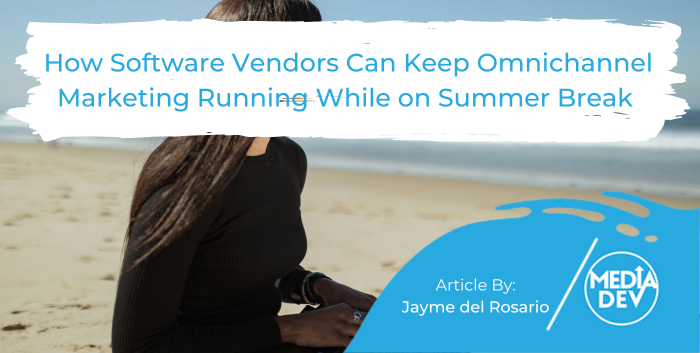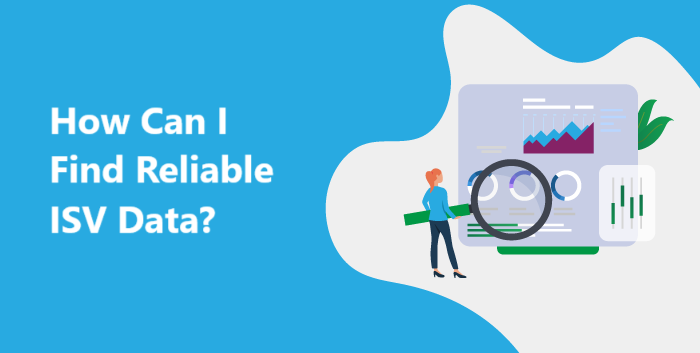Marketing novices and gurus alike are talking a lot these days about inbound and outbound leads. Marketing experts even have a lingo all of their own which is governed by a plethora of acronyms: MQLs (marketing qualified leads), HQLs (highly qualified leads), SQLs (sales qualified leads). Add to those CPLs (cost per lead), CRs (conversion rates), and CTAs (calls-to-action).
You may also hear a lot about online and offline strategies, making it even harder to determine what’s what. Even as a marketing professional it’s easy to get lost! So what is inbound and outbound marketing and why are they important? Which one should your company choose in order to increase brand awareness and get more prospects buying?
Here’s a simple overview to help get you started.
What is inbound marketing?
Inbound marketing is a focused approach to attract customers, drawing them in through content marketing (creating, publishing, and distributing content for a targeted audience online), social media marketing, and search engine optimization (the process of affecting the visibility of a website or a web page in a search engine’s unpaid results). With inbound marketing, potential customers come to you through many different channels including blogs, related searches, and social media.
Unlike outbound marketing, inbound marketing does not need to “fight” for a prospect’s attention. By creating fine-tuned content designed to address the problems and needs of your key buyer personas (the ideal customer), inbound marketing attracts qualified prospects because it helps build trust and credibility for your business.
We often say that inbound marketing is indirect and multi-channel because it, by nature, encourages prospects to come to you where they are, whether that be in a forum, by commenting on a blog post or following you on social media.
Inbound marketing is a long-term approach to nurture potential leads over time with a soft-sell or educating methodology. It is a non-negligible way to help establish trust for your brand which is an important sales differentiator.
What is outbound marketing?
Outbound is the “traditional” form of marketing whereby a company directly initiates interaction with a potential customer. Examples include tradeshows, traditional advertising (TV, radio, and print), cold calling, and e-mail blasts.
Some professionals believe that outbound marketing is a “has-been” technique that consists of shouting the most obnoxious message the loudest, or spamming prospects information on “buy-one-get-one-free” promotional offers.
That’s simply not true.
As per my blog post, Why Telemarketing Still Works, targeted peer-to-peer messaging can have a positive impact on sales if it’s done the right way, with the right outreach to the right people. Combined with inbound techniques, outbound marketing can have a powerful impact on your pipeline.
Why choose one when you can have both?
The most effective marketing strategy is one that combines both inbound and outbound techniques simultaneously. Doing one or the other is kind of like going into a restaurant only to order an appetizer (or just the dessert). You may end up feeling hungry because you haven’t had a full meal.
Using a combination of both inbound and outbound techniques is the equivalent of ordering the entrée, main course, dessert, and coffee (and if you’re in a really fancy restaurant, champagne, and the amuse-bouche too!).
It’s the best way to increase brand awareness and have a lasting impact on sales. Having a holistic outlook on your marketing strategy by combing different tactics and methods over time is the best way to establish your brand, manage your image and increase sales.








